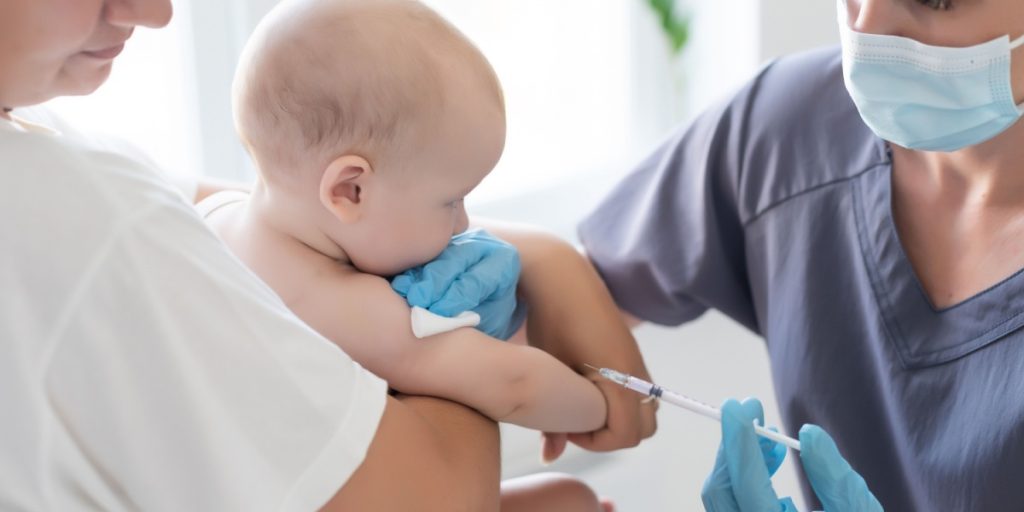Global childhood vaccination rates have started to recover after a steep drop during the COVID-19 pandemic—but United Nations health agencies are sounding the alarm.
Others are reading now
Global childhood vaccination rates are slowly recovering after the sharp declines during the COVID-19 pandemic.
But a new UN report warns that misinformation and deep cuts to international aid could seriously threaten this fragile progress.
Modest Vaccine Gains in 2024
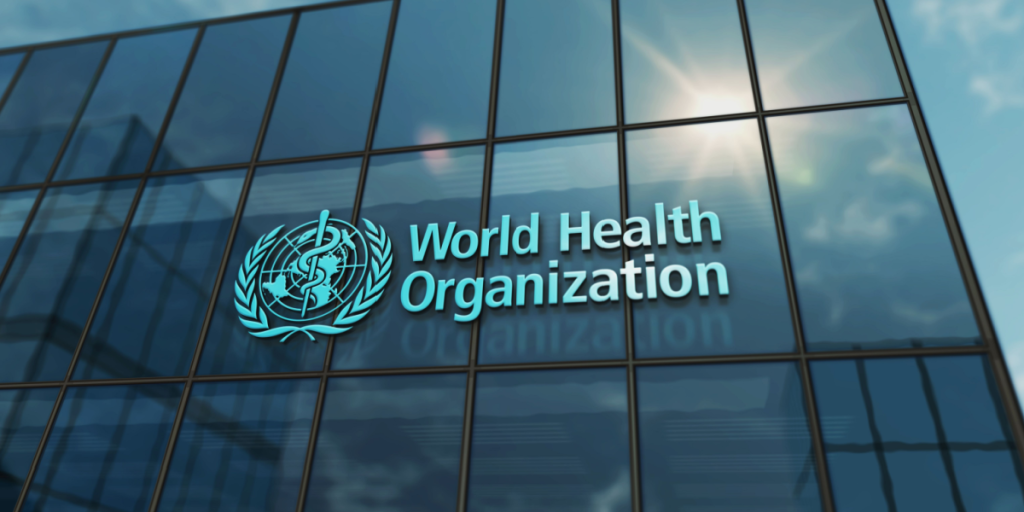
In 2024, around 109 million children—85% of those due—received all three doses of the diphtheria, tetanus, and pertussis (DTP) vaccine, according to new data released by the World Health Organization (WHO) and UNICEF.
This marks a one-point increase compared to 2023 and includes an additional one million vaccinated children.
Also read
Still, UN agencies described these gains as “modest” in the face of major global challenges.
Millions Still Missing Out
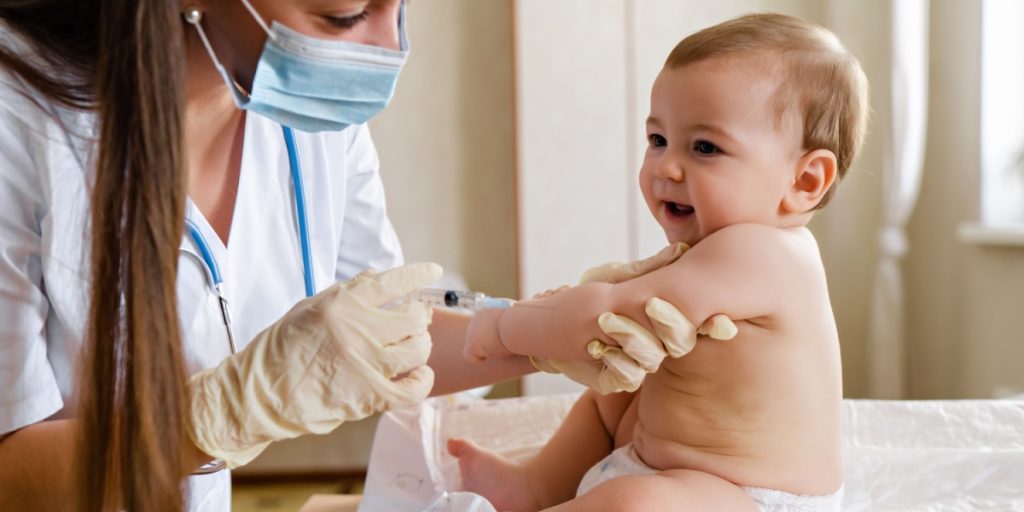
The number of “zero-dose” children—those who haven’t received a single vaccination—stood at 14.3 million in 2024.
That’s slightly lower than the 14.5 million reported in 2022, but still 1.4 million more than in 2019, before the pandemic disrupted health systems worldwide.
“The good news is that we have succeeded in vaccinating more children with life-saving vaccines,” said UNICEF Executive Director Catherine Russell to Digi24. “But millions of children remain unprotected against preventable diseases.”
Progress Off Track for 2030 Targets
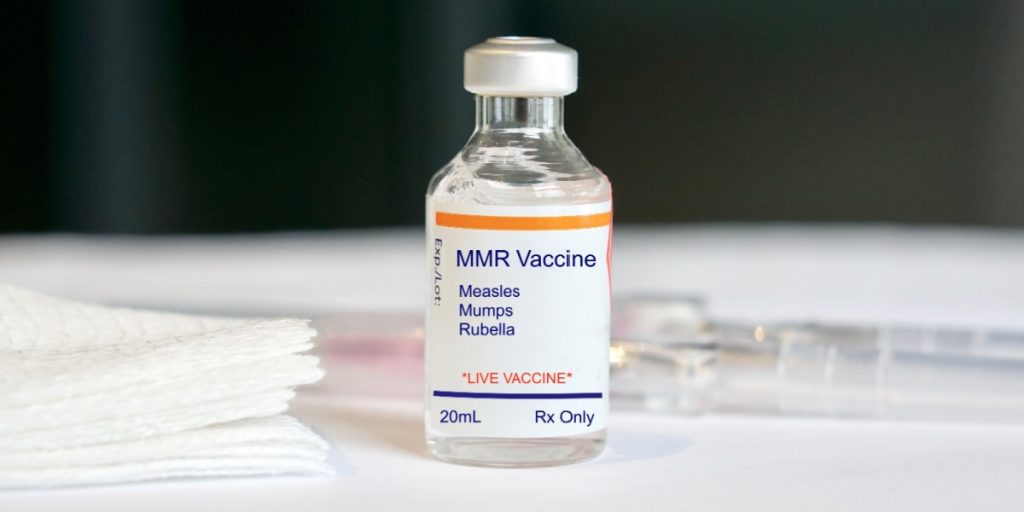
WHO Director-General Tedros Adhanom Ghebreyesus echoed this concern, saying the world has made “a poor start” toward its 2030 goal of reaching 90% coverage for essential childhood vaccines.
“Dramatic cuts in aid, coupled with misinformation about vaccine safety, threaten to reverse decades of progress,” he warned.
Inequality and Conflict Undermine Access

One of the report’s key findings is the continued inequality in access to vaccines.
Children in conflict zones or remote areas remain much less likely to be vaccinated.
These challenges are being made worse by reduced international funding, including from major donors like the United States.
Ephrem Lemango, director of immunization at UNICEF, said at a press conference that budget cuts have already disrupted epidemic response plans in nearly 50 countries.
Misinformation Fuels Vaccine Hesitancy
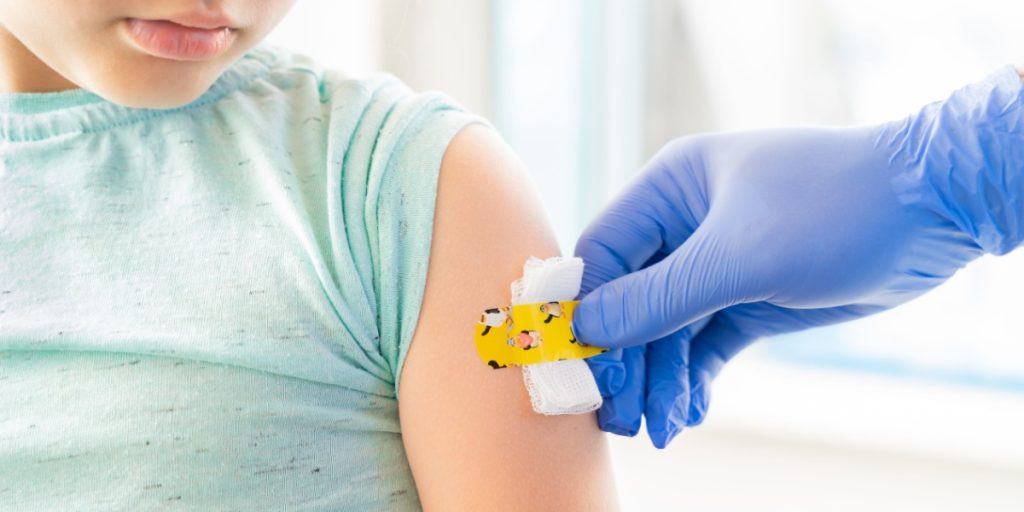
The spread of misinformation is also a growing concern.
WHO’s immunization expert Kate O’Brien said low public trust in vaccine safety is leading to weakened herd immunity and a greater risk of outbreaks.
In the U.S., vaccine skepticism has become increasingly mainstream.
Surgeon General Robert F. Kennedy Jr., a well-known vaccine critic, has launched a review of national vaccine policies. He has previously been accused of spreading false claims, including about the measles vaccine.
Measles Resurgence Alarms Experts
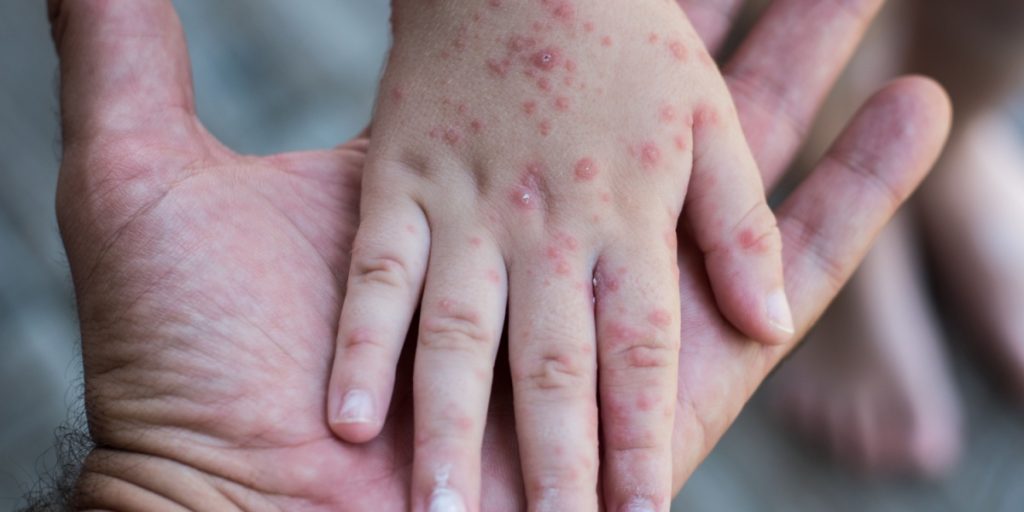
This is particularly worrying in light of the country’s worst measles outbreak in over 30 years, which began in early 2025.
Globally, 60 countries experienced “significant or disruptive” measles outbreaks in 2024—almost double the number from 2022.
Some Bright Spots, but More Action Needed
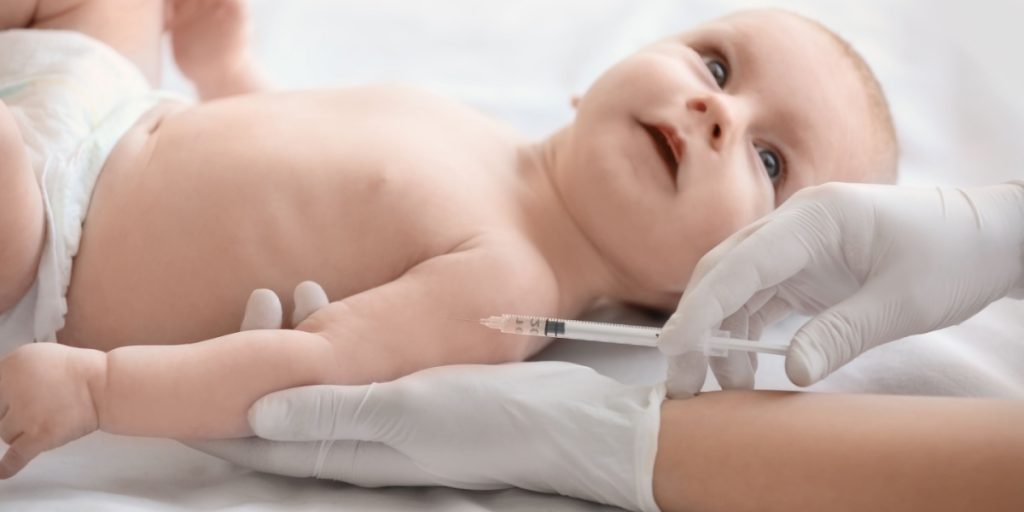
Despite these threats, the report notes some areas of progress.
An additional two million children received measles vaccinations in 2024 compared to the previous year. And in the 57 countries supported by Gavi, the Vaccine Alliance, vaccine coverage for several diseases has improved.
However, global measles vaccination coverage still falls well short of the 95% level needed to prevent outbreaks.
UN agencies say that without a renewed global commitment to funding, access, and public trust in vaccines, recent gains could easily be lost.

